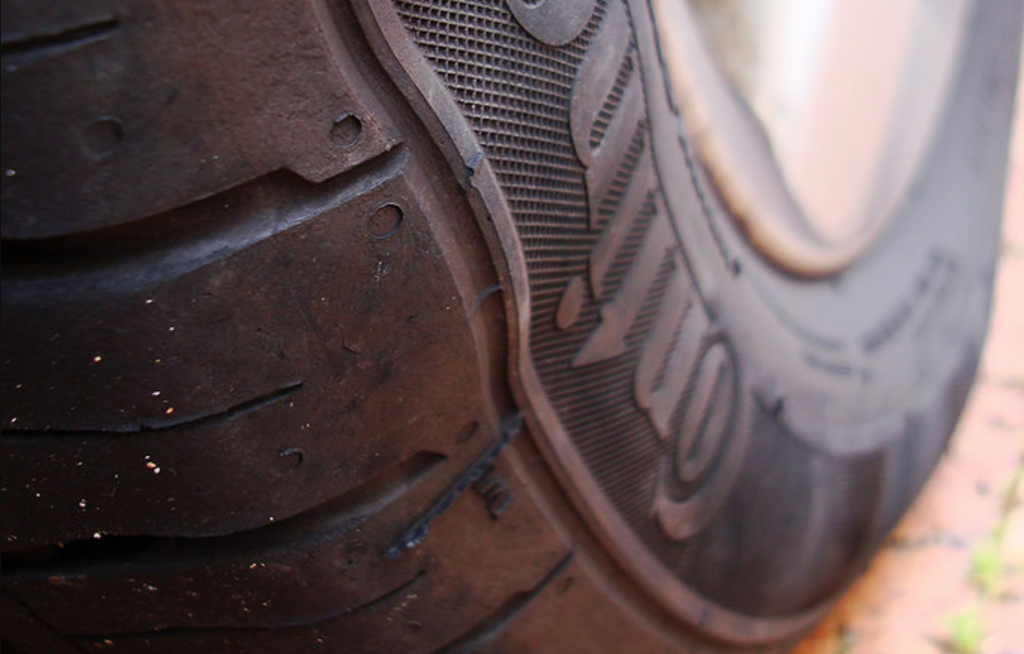Discovering a bulge in your tire is a serious issue that should not be ignored. It indicates internal structural damage to the tire, compromising its safety and performance. Here's what every driver should know:
What Causes a Bulge in a Tire?
Why Is This Dangerous?
What Should You Do?
Preventive Measures
Need Help?
If you spot a bulge or similar issues with your tire, don’t hesitate to contact us. Our specialists offer free tire inspections and provide the best advice and solutions tailored to your needs.
What Causes a Bulge in a Tire?
- Internal Cord Damage: The internal cords or layers providing structural support to the tire are damaged. Air escapes to the outer layers, forming a bulge.
- Impact Damage:
- Striking a pothole, curb, or road debris can disrupt the internal structure. Even minor impacts, especially at high speed or underinflated tires, may cause a bulge.
- Manufacturing Defects:
- Rarely, a bulge may result from flaws in the tire's construction.
- Overloading or Underinflation:
- Driving with improper tire pressure or carrying excessive loads can strain and damage the tire.
Why Is This Dangerous?
- Risk of Blowout:
- A bulge indicates a weak spot in the tire that may fail under high speeds or heavy loads.
- Loss of Control:
- A blowout can lead to sudden loss of control, increasing the risk of an accident.
What Should You Do?
- Immediate Inspection:
- If you notice a bulge, stop driving as soon as it’s safe to do so. Avoid high speeds or long distances until the issue is resolved.
- Replace the Tire:
- A bulging tire cannot be repaired and must be replaced. Continuing to use it poses a significant safety hazard.
- Inspect for Additional Damage:
- Have all tires professionally inspected to ensure no other issues are present. The impact causing the bulge may have affected other areas.
- Reevaluate Driving Habits:
- Avoid hitting potholes, curbs, or other obstacles. Regularly check tire pressure and avoid overloading your vehicle.
Preventive Measures
- Regular Inspections:
- Check your tires for damage, uneven wear, or abnormalities. Look for debris, cuts, or embedded objects in the tire tread.
- Maintain Proper Inflation:
- Use a tire pressure gauge to ensure the pressure matches the manufacturer’s recommendations.
- Drive Carefully:
- Slow down on rough roads and avoid obstacles.
Need Help?
If you spot a bulge or similar issues with your tire, don’t hesitate to contact us. Our specialists offer free tire inspections and provide the best advice and solutions tailored to your needs.
